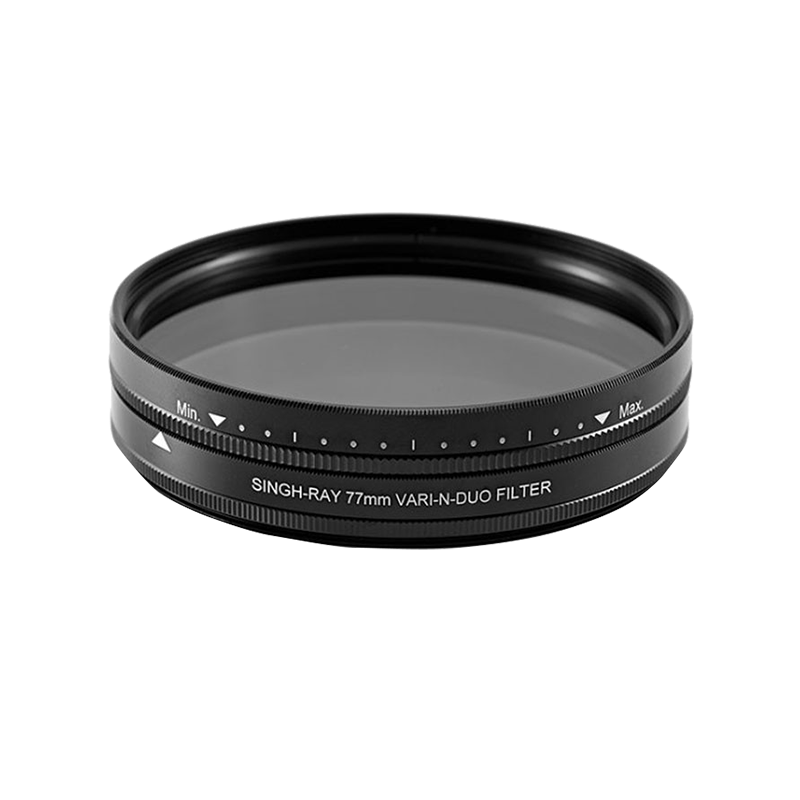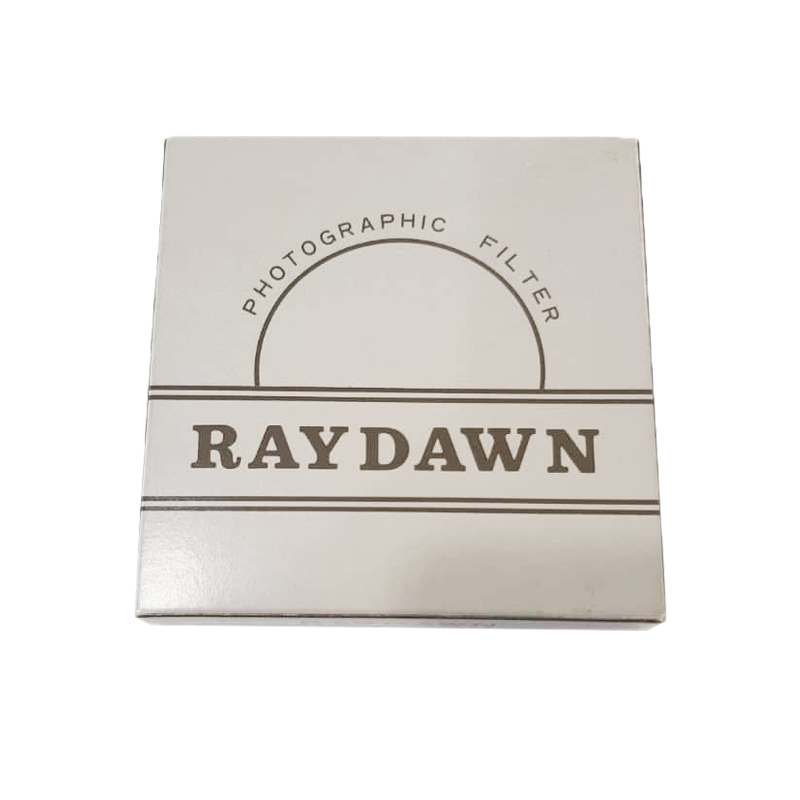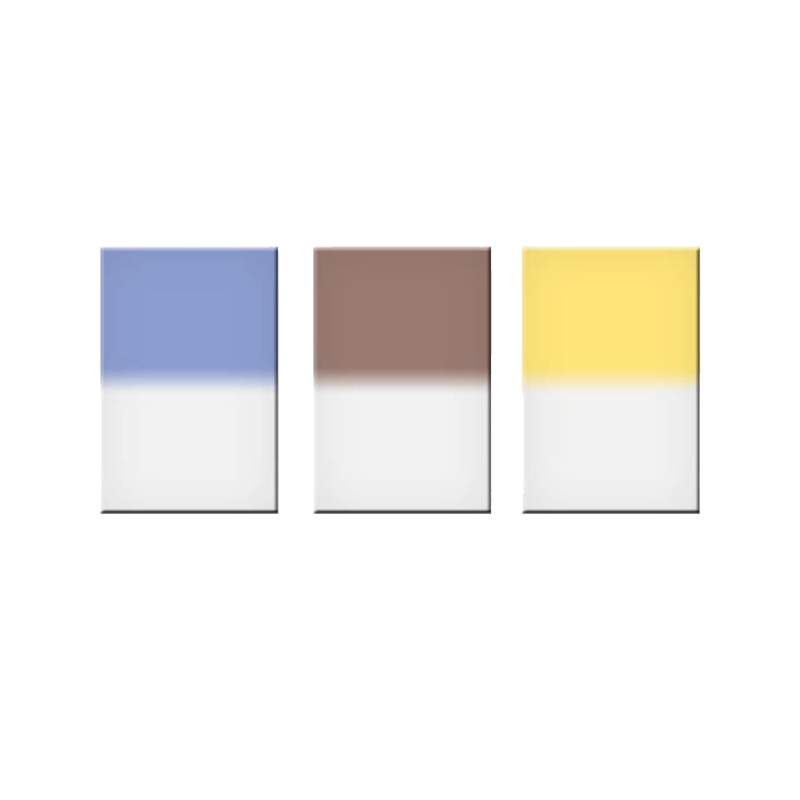Singh-Ray Daryl Benson Reverse ND 4-stop Graduated Filter 75x90mm
Daryl Benson reverse graduated filters in neutral and orange density were pioneered by Singh-Ray to solve a common lighting challenge for landscape photographers.
Unlike our Rowell grads, these filters are darkest in the center, clear on the bottom and transition from dark to light above the horizon. That makes them ideal to use during sunrises and sunsets with flat or defined horizons, such as the seashore, prairie or desert.
Typically, these scenes feature a bright horizon, dark foreground and medium-bright sky above the horizon. When you position the Benson grad with the darkest density on the horizon line, it will hold back the bright horizon, lighten the foreground through the clear portion of the filter and add a subtle gradation of brightness to the sky all in a single exposure and without hours of post processing.
QUICK TIPS
- These grads are for sunset and sunrise scenes with flat or defined horizons, such as seascapes and prairies.
- Wide-angle lens will deliver a more pronounced and noticeable graduation than longer focal lengths (50mm ).
- Meter the foreground and then the sky above the horizon. Use the filter density (1-4 stops) that is within one stop of the spread (for example, try the 3-stop filter if the exposure difference between foreground and sky is 4 stops). Set exposure in manual mode before moving the filter into position.
- These filters can be stacked together up to a maximum of four (4) stops of density, without sacrificing color fidelity. Many photographers also stack them with our Rowell ND grads.
- They are available in a variety of sizes, including those for P and X-Pro filter holders.
- Handholding these filters has become increasingly popular because its faster, theres less gear to carry and it reduces the chance of vignetting (its usually the filter holder that results in vignetting).
- If handholding, consider a larger filter size, such as 4×6, which is easier to handle and reduces the possibility of including a fingertip or filter edge in your image.
- Practice!














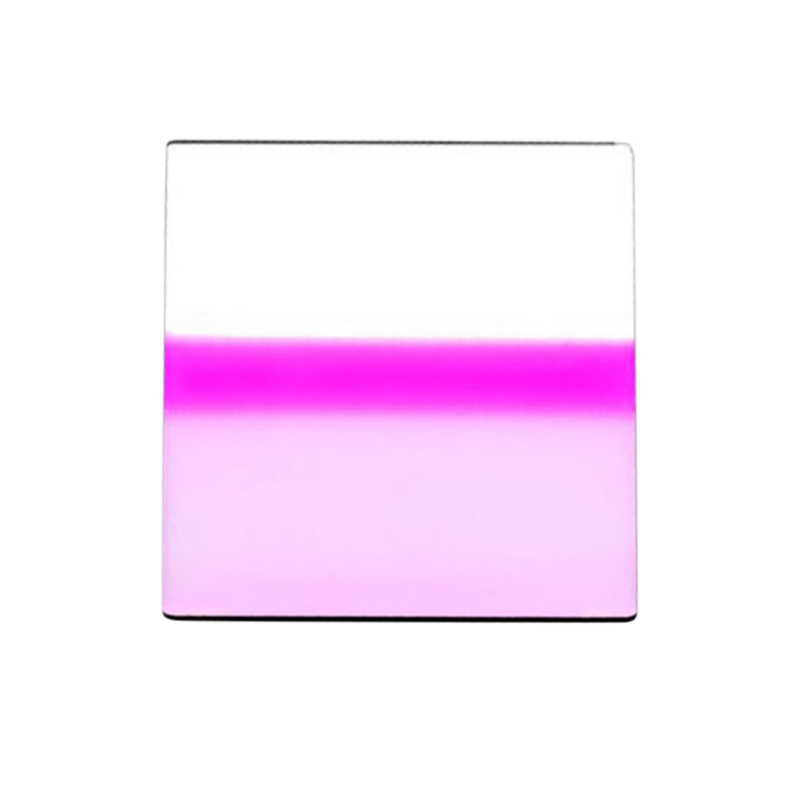

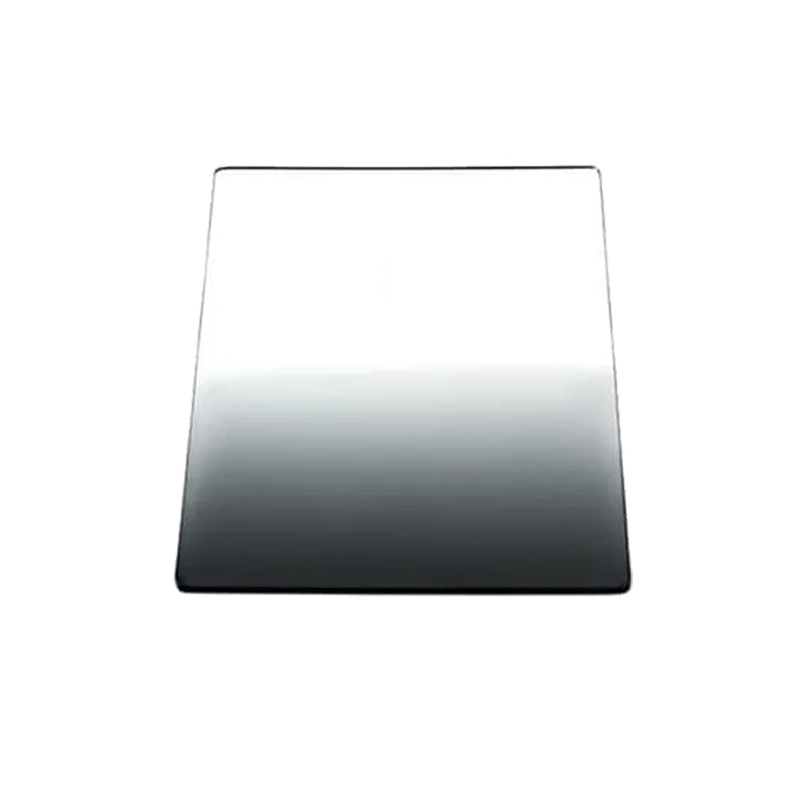


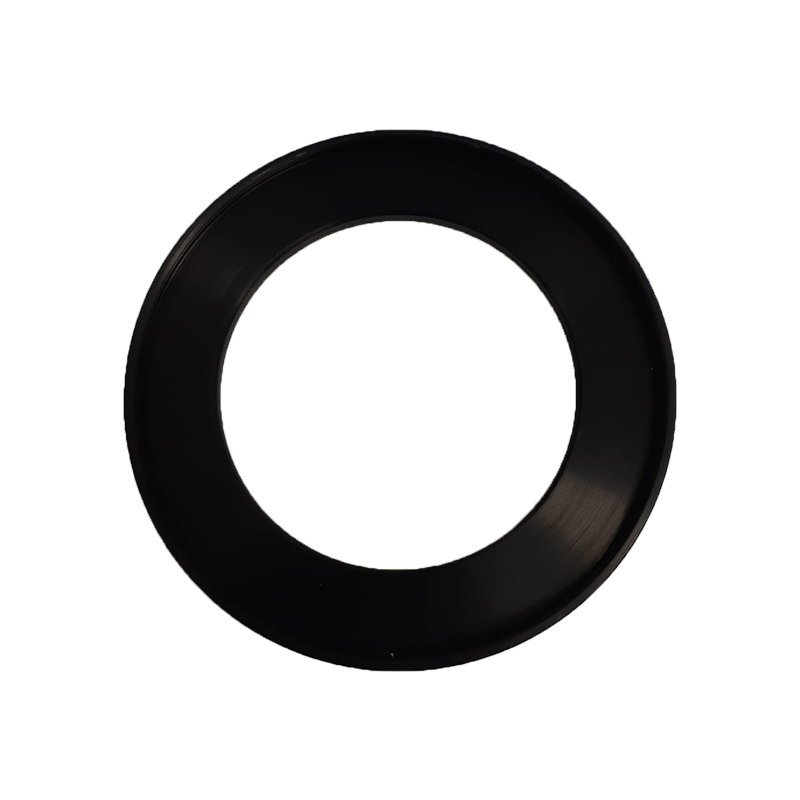
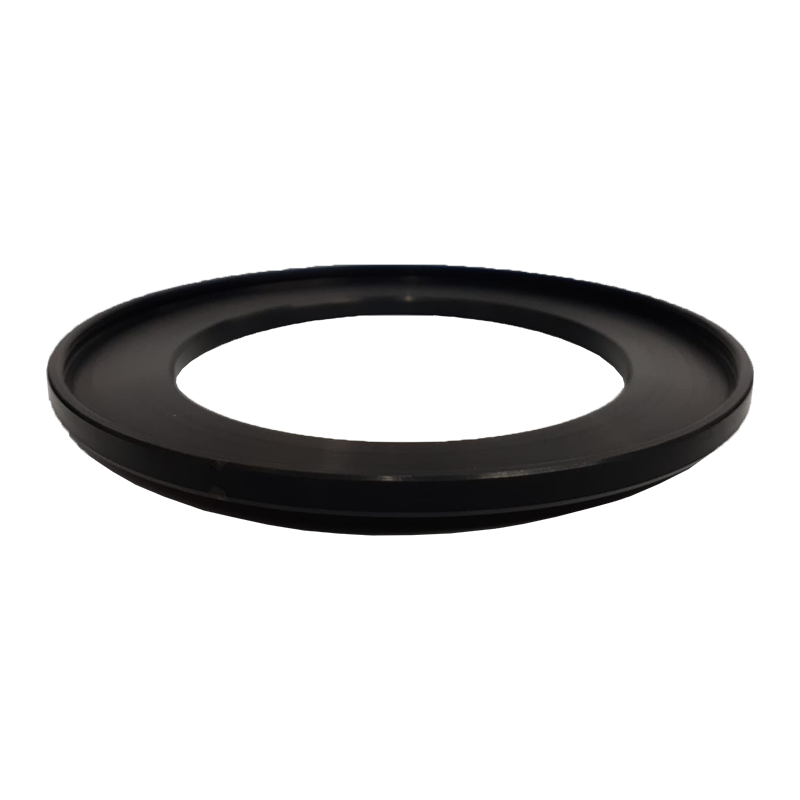
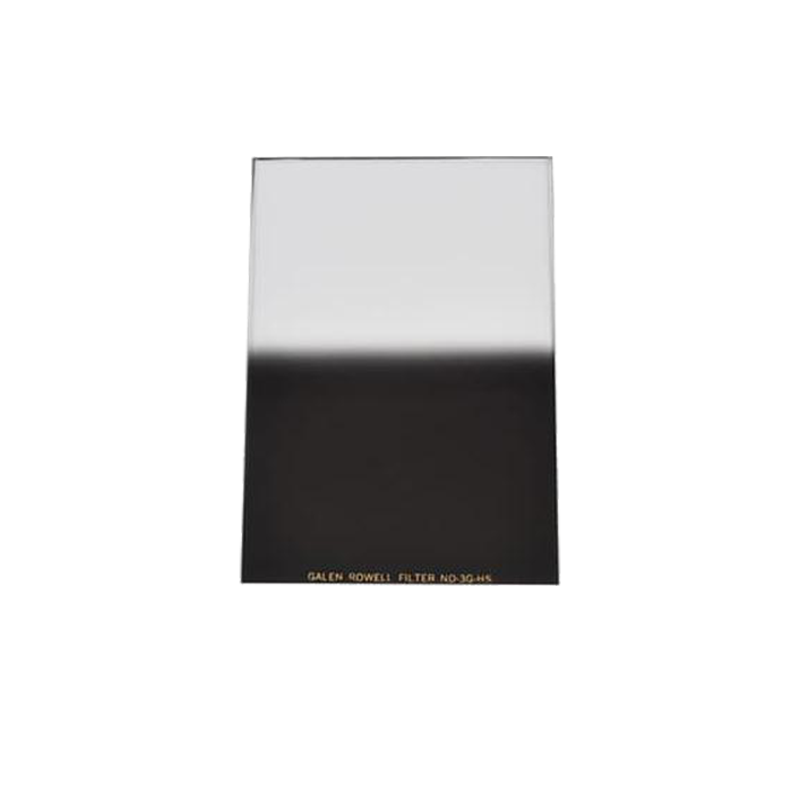



_D1.png)
_D2.png)
